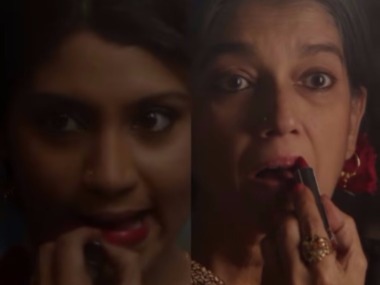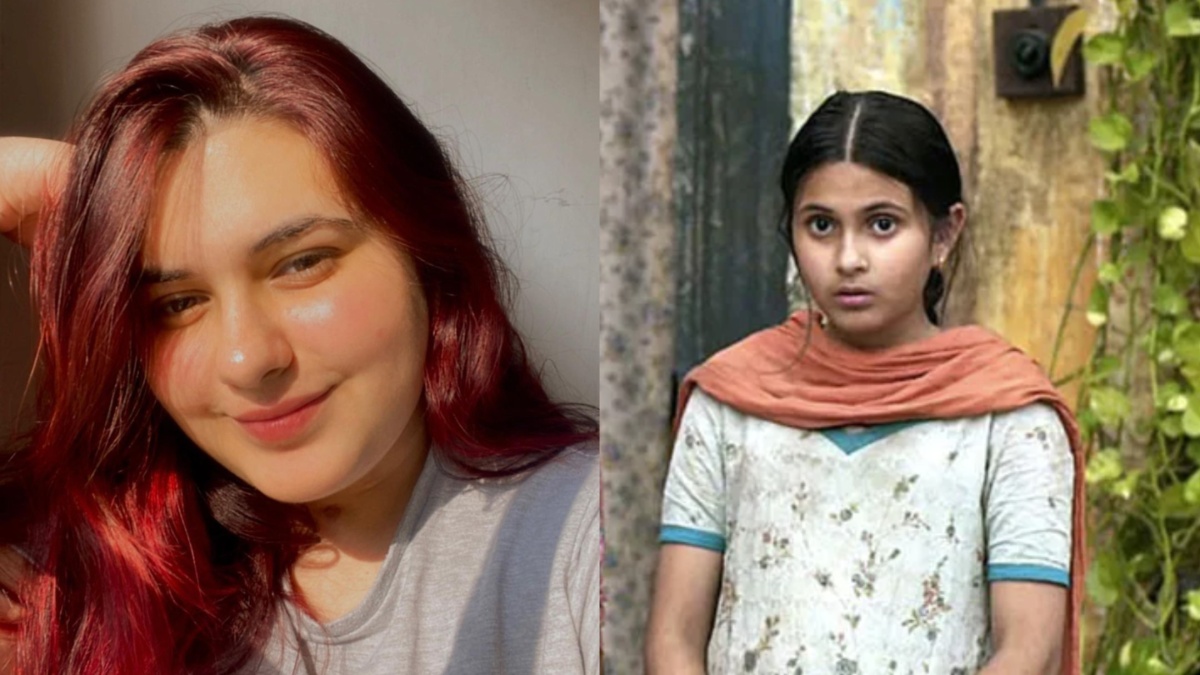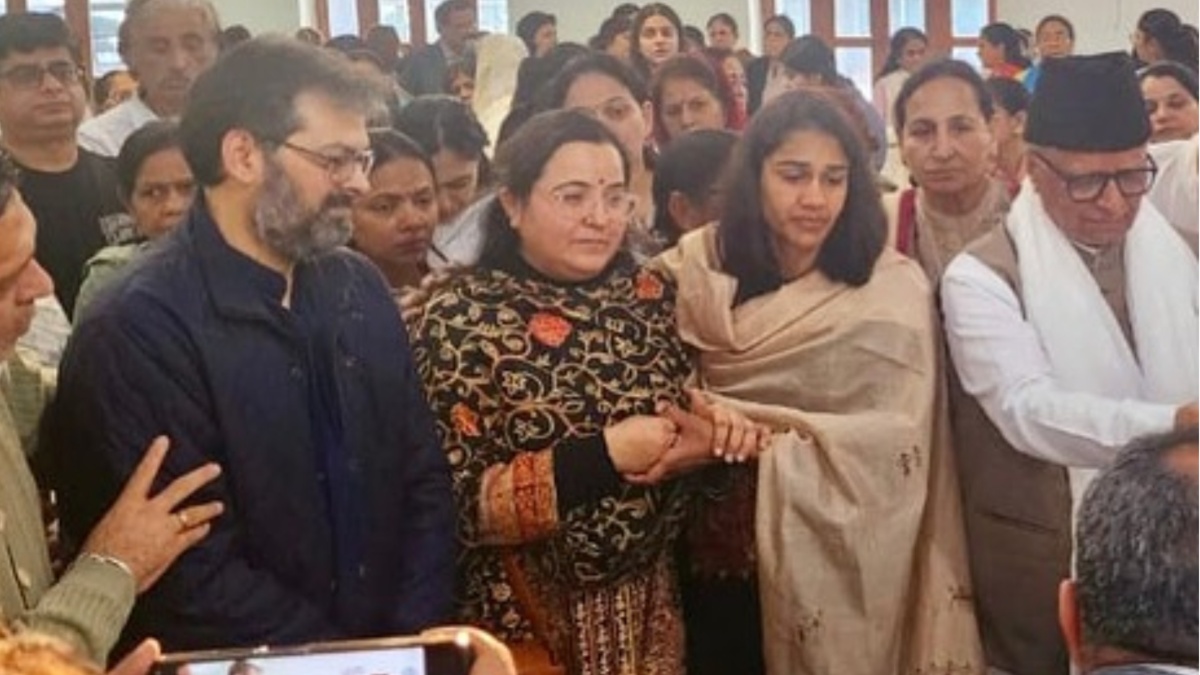“Don’t call your film women-centric; producers won’t like the sound of that.”
This is what Sunaina Bhatnagar was told, when she was about to approach studios with the script of her film Dear Maya. These words sound familiar to the initial CBFC ruling on Lipstick Under My Burkha; the board did not wish to certify it because it was ‘women oriented’.
The fact that getting a film on female desires certified was such a Herculian task shows us that not just the subject matter, but also its portrayal, are still considered taboo, rather than being normalised. We deem these films as ‘brave’ and ‘revolutionary’, when ideally, they should be treated in the same manner and exist in the same numbers as films about men’s sexuality or lives. Instead, they are so few in number that we can count them on our fingertips.
‘Male-centric’ films don’t exist
If you still don’t believe that women-centric films form only a small percentage of all the films that Bollywood churns out, consider this: a term such as male-centric doesn’t simply exist. We don’t need the term because any film that does not have women at its centre is, by default, about men.
This raises several questions: Are stories where women occupy central roles not being written? Are they not easy to sell to producers? Or, based on the rules of demand and supply, are they not appreciated by audiences and therefore make for a bad investment?
Ram Madhvani, director of the award-winning biopic Neerja, says that the sale-ability of a script does not have to do with the gender of the protagonist.
In his opinion, more weightage is given to content and who you choose to cast is a decision based on the return of investment (ROI) that the actor commands. In essence, ROI is the success that an actor can ensure in terms of box office collections.
“Casting Sonam Kapoor in Neerja helped me to green-light the film because she has the power to bring certain number of people to the theatres. That’s how the business runs, and whether that is right or wrong is a different issue. I think getting any film produced is difficult. In fact, Neerja was the easiest green-light I’ve ever had. Nobody said to me it’s a female-centric film, so don’t make it,” he says.
Audiences or producers — who succumbs more to patriarchy?
Anushka Sharma’s filmography has three films where she stars as a strong, female lead anchoring the narrative - NH10, Phillauri and the upcoming Pari. Notably, all three films have been made by her production house, Cleanslate Films.
When asked if the production house is making a conscious decision to churn out women-centric, Anushka Sharma’s brother Karnesh said, “No, the only thing that guides us is offering good, engaging stories told in the best way possible. It so happens that in our last two films and the current one under production, the main protagonist is a woman, but that’s more a coincidence than rule which we follow.”
But if content and ROI were the only two determining factors, why would the combined number of women-centric films in the years 2016 and 2017 be less than 50?
Paakhi Tyrewala, director of Pahuna, which is being produced by Priyanka Chopra, attributes this to the audience’s tastes and the patriarchal nature of society.
“Films have to do well commercially and cater to everybody, and there, we are let down by our audience. To see a woman protagonist is difficult for them; it just doesn’t appeal to their sensibilities. That is what explains why daily soaps on TV are centered on women; the remote control stays in the wife’s hands. But the wallet is in the man’s hand, which is why films are male-centric. They find it easier to identify with male characters,” she explains.
Bhatnagar has a slightly different opinion. “Audiences have proven that they like women-centric films, such as Piku or Queen. Producers haven’t evolved as much as the audience has. I think the audience is more ready than producers are when it comes to taking risks. Producers judge films only by their return on investment, and that too is based on a formula by which they value someone in monetary terms,” she says.
In a society as patriarchal as ours, it is not surprising that the rate of ROI for male actors is considerably higher than for female ones, which is also reflected in the incomes earned by them as well as their shelf lives.
Sunaina Bhatnagar corroborates this view. She narrates, “I went to all the studios with my script, but none of them were willing to accept it because they did not consider it commercially viable. They were very skeptical about the lead being someone over the age of 45, but the script demanded this. There had to be a large age difference between the lead and the two other younger protagonists. I was suggested to bring down the age of the lead actor and cast someone else, but I chose not to do that. Invariably, no studio was ready to make it. It was a first-time producer keen to make their debut film who finally invested in it.”
This parity between the ROI on women vs men becomes more apparent when you compare the career graphs of actors.
“Manisha has been a lead actress cast opposite Salman, Shah Rukh and Aamir, and now, they act with actresses who are 20 years their junior. They probably would not play the lead with Manisha anymore, that would make them look older. Actresses are not afforded this longevity, because they need to look young and pretty,” Sunaina adds.
Films about women’s issues are being helmed by men
The reason for this difference in the rate of investment could explain why films, which are ostensibly about women’s issues, end up having a male character at the heart of them.
Pink, Toilet: Ek Prem Katha, Dangal and Chak De! India — four films are about women’s issues, but at the centre of them all is a male figure who leads the action of the movie. In fact, according to Filmfare, Toilet: Ek Prem Katha was meant to have a female protagonist originally.
“A more nuanced look at films such as Dangal and Pink will show you that they are big steps forward, but are still strengthening patriarchy. Even a Piku needed Amitabh Bachchan. You still need a strong male figure to win the day,” says Alankrita Shrivastava.
Another related issue is the hesitance to invest in women filmmakers. “People don’t trust us; we require to prove ourselves much more because women filmmakers are stereotyped as having mood swings, being difficult to work with and being emotional. If there is a choice between a man and a woman, and if they are equally qualified, chances are that a man will get the job,” explains Paakhi.
Sunaina, who has previously worked with Imtiaz Ali for five years, echoes this sentiment. “Producers are reluctant to put money on women,” she says, adding, “And the women that are making it in Bollywood, they’re largely making independent, small-budget films. The women who are making big-budget films, like Zoya Akhtar or Gauri Shinde, have family connections in the industry, and it is not the same as finding a producer for your film. The investment is not professional; it’s a personal investment, which is how they get the backing, irrespective of how good the script may be.”
No women distributors
This issue extends to distribution, too. Dear Maya was not well-distributed and its last shows in Mumbai were scheduled for as early as 4pm. Alankrita has also observed this, and attributes this to the lack women in the distribution process.
“The people who decide how many shows a particular film will get are mostly all men. How many women are there making decisions in the capacity of distributors and exhibitors? The entire system is catering to the male gaze. Who then, will want to push a film that focuses on women?” she asks.
However, the remarkable increase in the number of women-centric films that have and will release in 2017 shows that there is movement in the right direction.
There seems to be a formula at work in these films, such as Mom or Maatr, whereby these films have a big female star or a heroic story. This seems to prompt producers to put money on them.
Paakhi seconds this opinion, and says, “Fortunately or unfortunately, whenever there is a woman-centric film, it is not entertaining; it will most likely deal with women’s issues, especially sexuality. There are so many interesting stories waiting to be told, apart from the issues of women, as was the case with Piku or Kahaani.”
Sill, the situation is far from ideal. “I think until a situation is reached where 50 per cent of films relased on Friday have women in the leads, then we’ve reached the state of equality. We’re very far from it now,” says Alankrita.


)




)
)
)
)
)
)
)
)